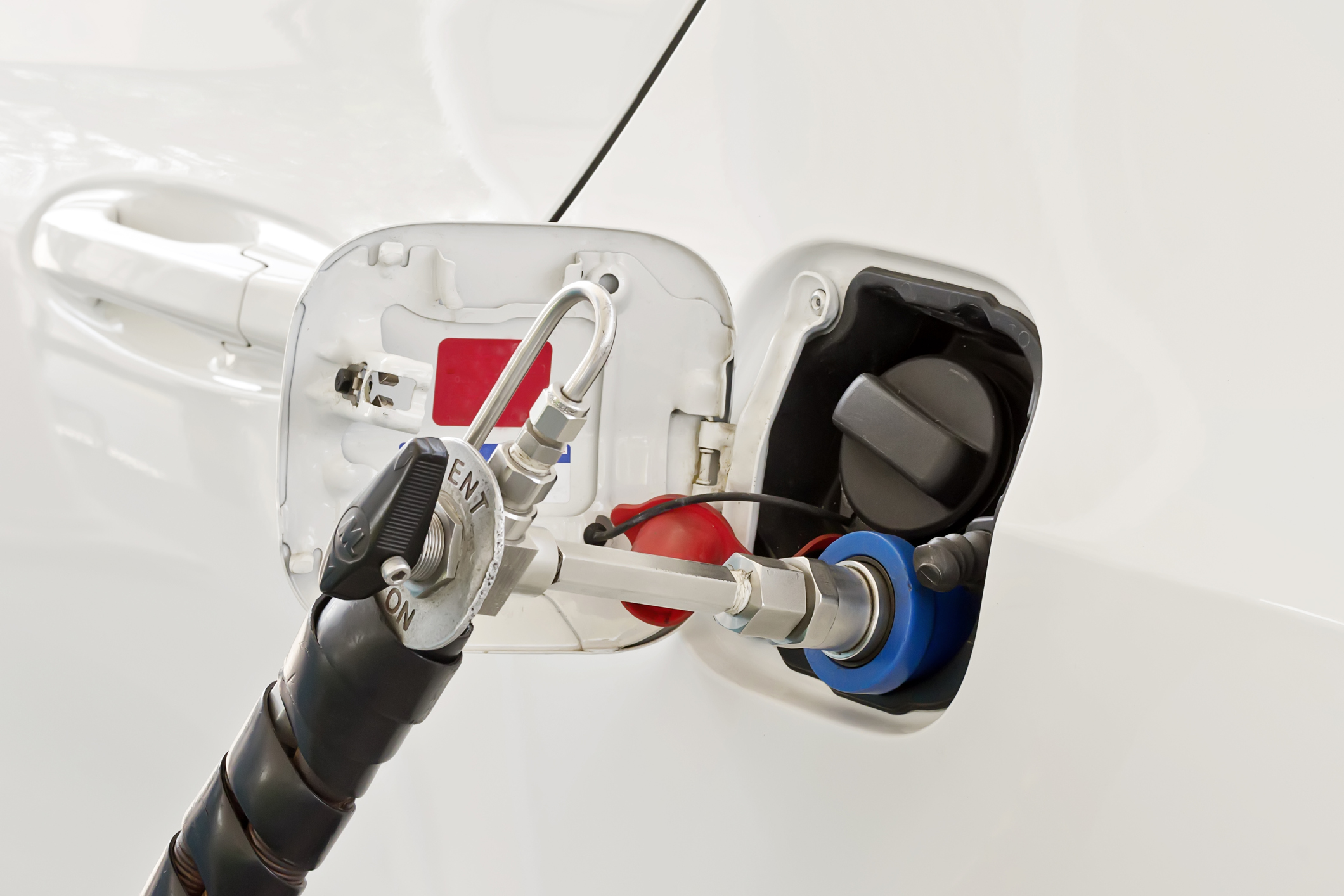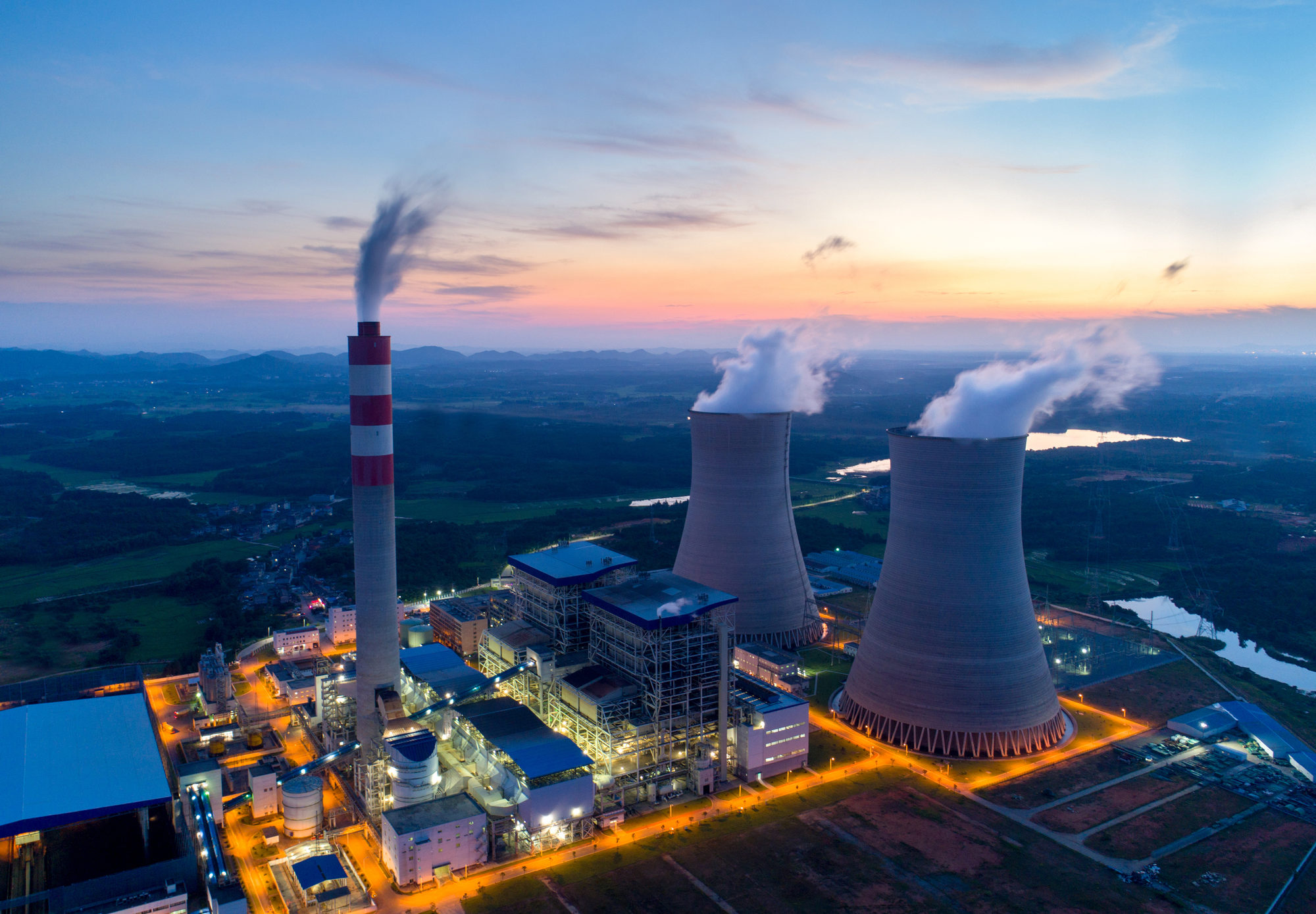
Will CNG be a Stop-Gap Solution to the EV Shortage?
While fleets around the world announce comprehensive plans for electrification, charging infrastructure and long-term zero-emission goals, a crucial piece of the puzzle is still missing: the electric vehicles. As EV production struggles to keep up and delivery dates keep being pushed back, many fleets are left wondering whether their sustainability goals are even feasible in the immediate future.
What is the problem?
The global EV shortage is making it harder for fleets looking to lower GHG emissions in upcoming years and phase out ICEVs. There are a several factors contributing to why EV supply hasn’t been able to keep up with the recent boom in demand. Let’s discuss some of these reasons.
Global chip shortage
The COVID-19 pandemic and subsequent closing of factories around the world has led to a persistent chip shortage that the industry yet to recover from. These chips, or semiconductors, are an essential component to EVs. In fact, EVs require about double the amount of chips as non-electric vehicles, making this shortage even harder on EV production.
At the start of the pandemic, many auto manufacturers cut back drastically on the amount of chips they were buying in order to protect themselves against an inevitable downtick in vehicle demand. However, two years later, chip manufacturers and automakers are both struggling to meet the demand that accumulated while factories were closed. Companies like Ford, General Motors and Rivian have directly cited the chip shortage as the cause of delayed vehicle production and delivery.
Limited lithium supply
With an increasing demand for electric vehicles comes a growing need for one of EV’s most essential components: lithium. Today’s EVs run on lithium-ion batteries that promise a high level of energy storage in a relatively small amount of mass. The problem, however, is that as a finite resource, lithium will ultimately become more expensive and increasingly scarce as demand surges. According to Reuters, lithium demand is expected to hit 1 million tons by 2025 and 3 million tons by 2030. For reference, demand in 2020 was just 320,000 tons.
Additionally, the West’s dependence on Eastern resources for EV production only exasperates supply challenges. With China currently holding about 80 percent of the world’s lithium-ion battery capacity, it becomes nearly impossible for Western countries to gain autonomy over EV production. As a result, any increase in cost of lithium will directly affect vehicle prices and delay mass EV adoption.
CNG as a potential solution
As it becomes evident that mass EV adoption will take longer than anticipated, fleets and automakers look for other ways to decarbonize transport. One potential solution is the use of natural gas to power light- to heavy-duty vehicles.
Natural gas is a fossil fuel that occurs naturally, deep below the Earth’s surface, due to the decomposition of plants and animals over millions of years. Unlike petroleum, another fossil fuel, natural gas is a more favorable option in terms of environmental friendliness. This is because the fuel burns cleanly and emits less than half the amount of greenhouse gases as regular oil or coal.
Compressed natural gas, or CNG, is the most commonly used form of natural gas and is produced by compressing natural gas to 1 percent of its original volume. Though it has traditionally been used for domestic purposes, with more than half of homes in the US depending on natural gas today, more vehicle fleets are moving toward natural gas as an alternative to petroleum.
CNG can be used in light- to heavy-duty applications, as long as it’s used in CNG-dedicated equipment. Alternatively, regular internal combustion engine vehicles can be professionally converted to be CNG compatible. In addition to the sustainability factor, using CNG in vehicles is also a favorable option for fleets as CNG can cost as little as half the price per gallon compared with gasoline. Additionally, with 98 percent of natural gas in the US coming right from North America, CNG prices will stay relatively stable compared to commonly imported fuels.
Long-term feasibility
Even with so much promise in CNG-powered vehicles, no technology is perfect. Being a nonrenewable resource, natural gas can unfortunately only be a temporary solution for fleets until supply runs out. Natural gas can present a major opportunity for fleets in the short term, especially during this time where EV production is not meeting demand. However, fleet managers considering CNG use in the immediate future should also think ahead to their long-term sustainability strategies as well. CNG can be an ideal stop-gap solution for fleets today while OEMs and industry leaders figure out what comes next.
If you’re interested in finding out about other sustainability solutions for your fleet, schedule a demo
with a member of our analytics team today.

Priscilla Valdez
Content Specialist
Priscilla Valdez is a content specialist at Utilimarc. She enjoys storytelling and sharing industry insights through writing that is compelling and dynamic. See more from Priscilla


